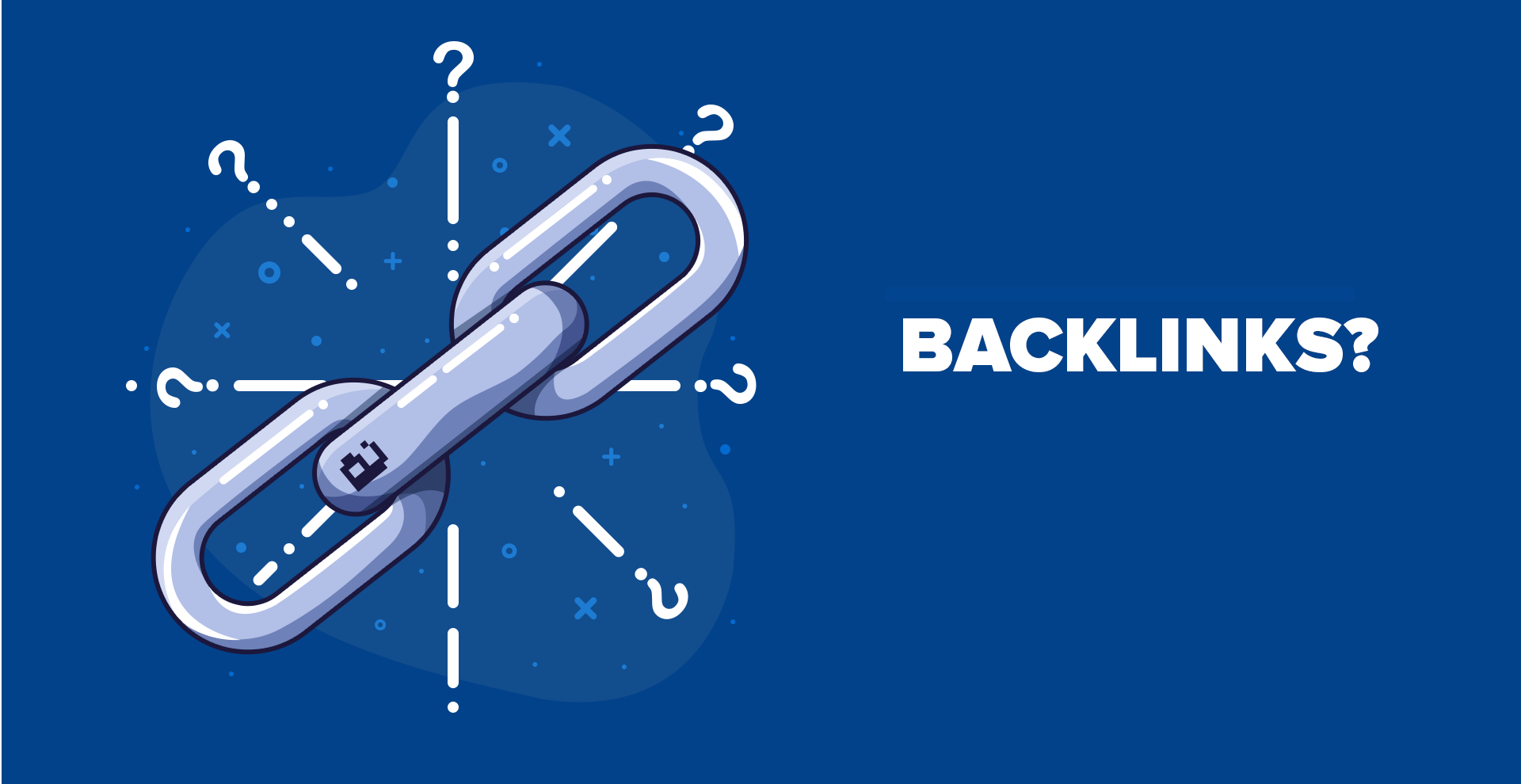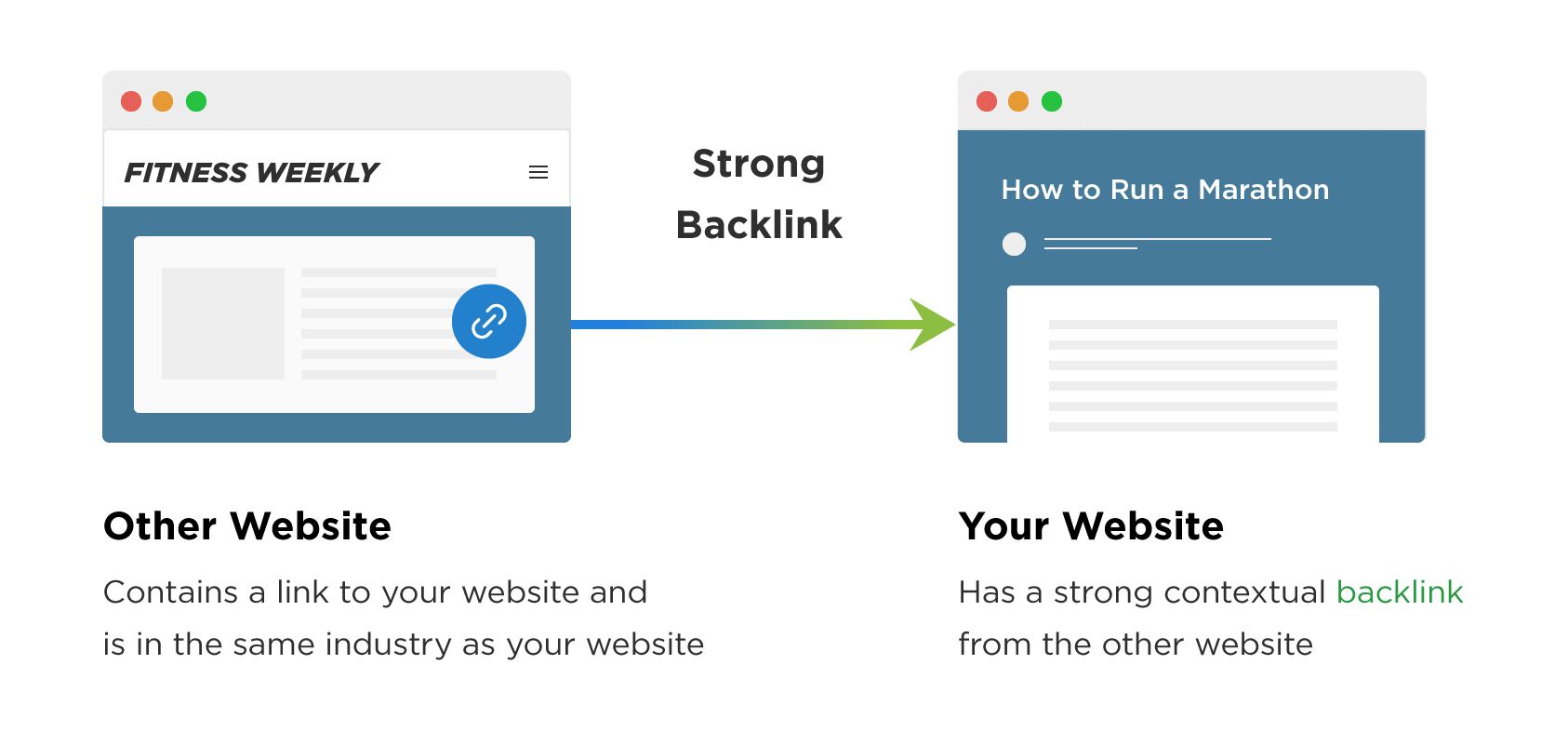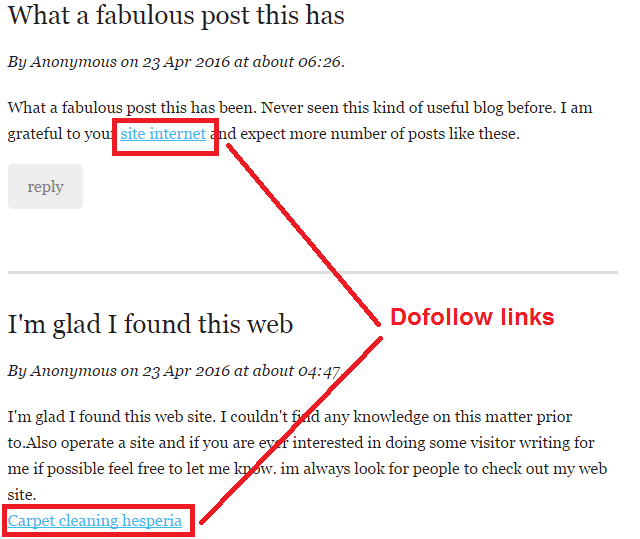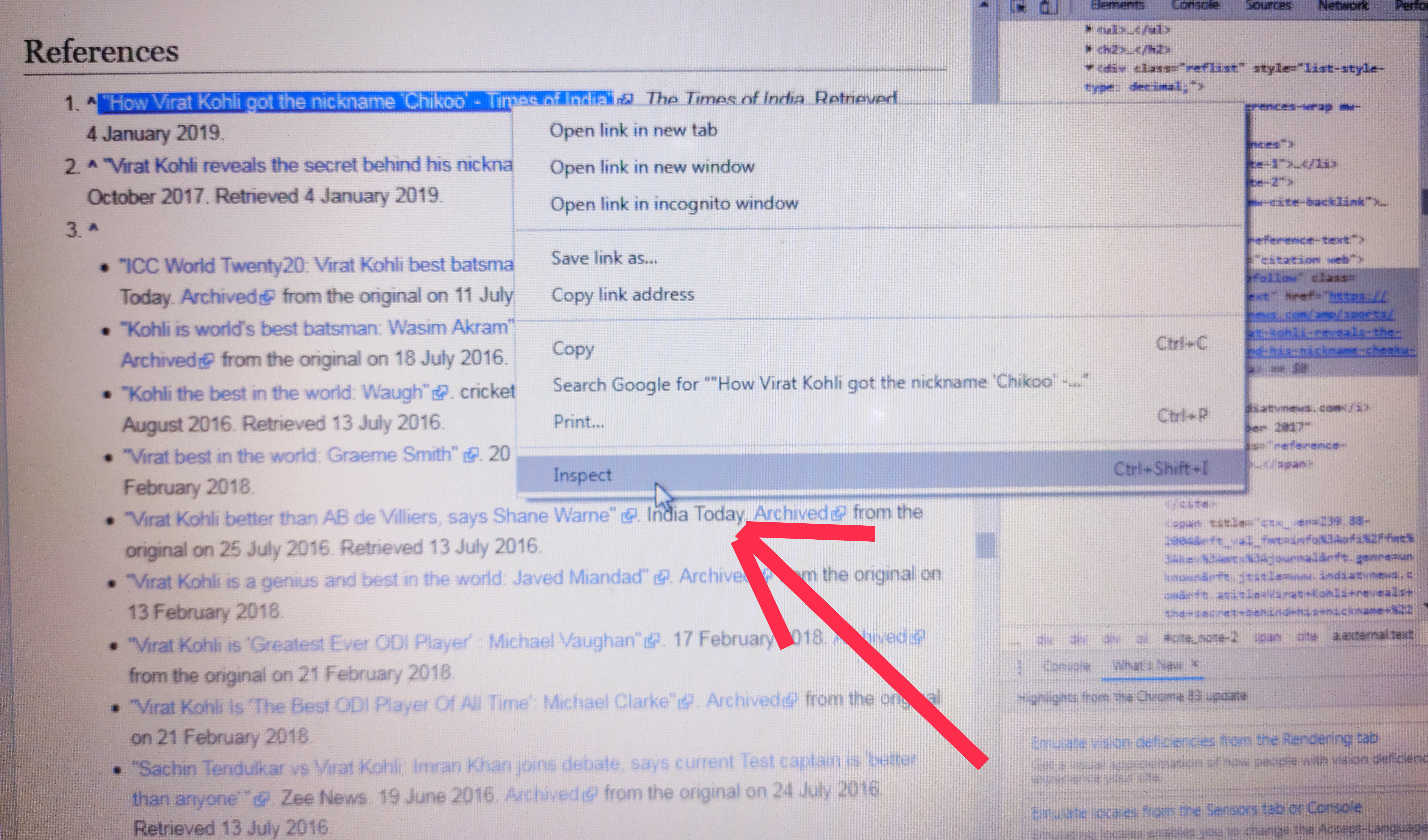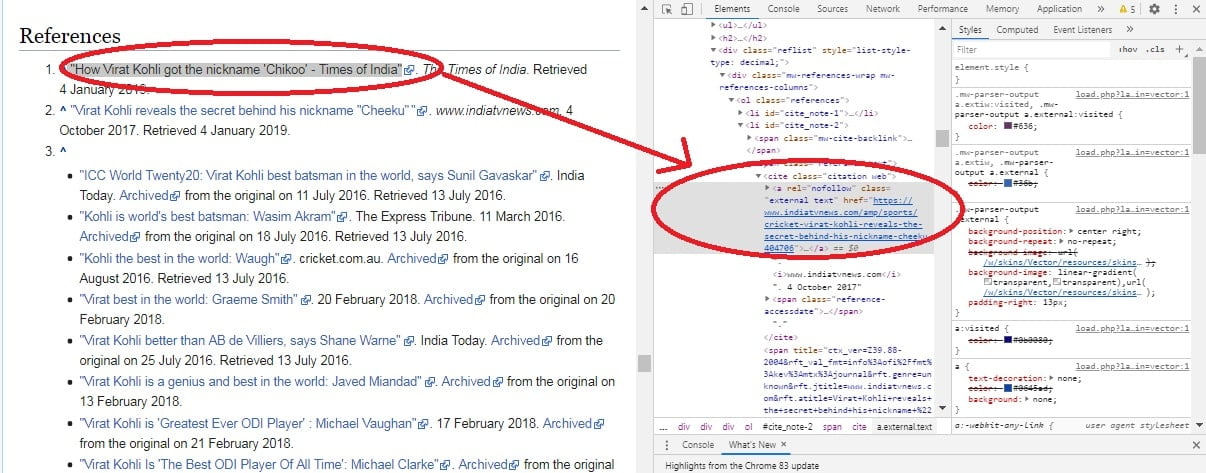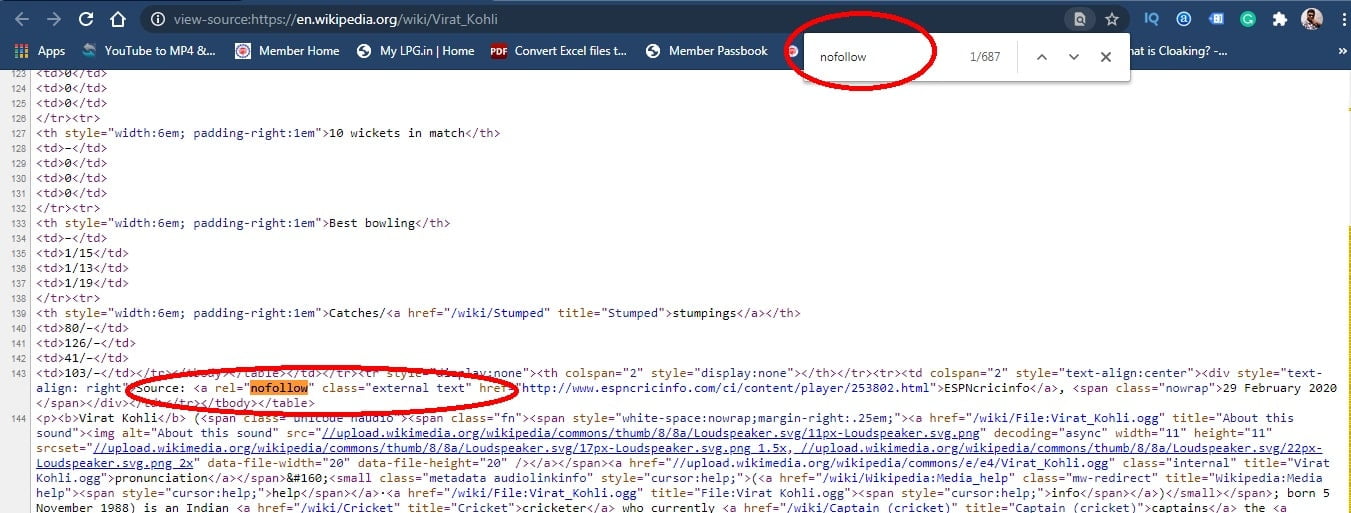Hey guys, Backlinks You Need to Know so we wanna discuss backlinks and their uses in SEO marketing.
So let’s start…
What are Backlinks in SEO?
Any incoming links from other website or web page to your website or web page are known as backlinks. High-quality backlinks help the web pages to rank up and have better visibility on the SERP.
Image Source: How to remove bad backlinks for free | SpdLoad
Backlinks are also known as inbound links. The more backlinks a website receives, the more relevant, useful and important it is.
Image Source: How to create backlinks
Even though Google hasn’t changed the importance of backlinks, they have introduced different types of backlinks that determine how the search engine handles links between websites.
Let’s talk about the types of backlinks
The Types of Backlinks
When you get down to it, there are only two types of backlinks:
- Do-follow Backlinks
- No-follow Backlinks
Dofollow Backlinks
Do-follow backlinks are the most common and valuable type of backlink for SEO.
When you put a Dofollow link on your website, you’re telling Google that the link is organic — as in, the target website didn’t buy the link
Dofollow links allow both the search engine & the users to reach the site it points to.
It passes the link juice and page rank.
Image Source: 10 Real High PR Dofollow Backlinks Sites List
Google takes notes of Dofollow links and figures how many users are linking to your page to get how really good the page is. The more Do-follow links you have, the more points you will get. The best way to give the following link is to use the keyword as the anchor text.
Here is an example:
<a href=“https://digitalkolkata.com/”>DIGITAL KOLKATA</a>
or
<a href=“https://digitalkolkata.com/” rel=”do follow”>DIGITAL KOLKATA</a>
Nofollow Backlinks
Nofollow backlinks are less common. They’re also less valuable. They’re used to tell search engines to ignore a particular link.
No-follow provides a way for webmasters to tell search engines ‘Don’t follow links on this page’ or ‘Don’t follow this specific link.’
No-follow links allow only the users to follow the link and not the search engines.
It does not pass the link juice and page rank.
Image Source: How to Add Nofollow Links in WordPress (Beginner’s Guide)
I guess you’ve noticed many times the Nofollow rel-tag. If you use the Nofollow link HTML tag, you won’t do any harm for your website. Search engines even respect this tag.
Here is the example of this tag:<a href=https://digitalkolkata.com/”rel=” no follow”>Digital Kolkata</a>
The Benefits of Nofollow links for SEO
The Nofollow tag can be good for SEO.Google have recently noticed that they will count Nofollow links to Rank for your page. But it depends on where the link is placed. If you place it at the top of your text, it will give more impact than if you post it at the bottom of the page.
You should be used Nofollow links because it will look suspicious if all links are Dofollow and it is not natural. Therefore, you need to balance your links and use both Dofollow and Nofollow links. A healthy mix of Nofollow links can even give a good influence on Dofollow links.
Good and quality link on your website that shows your content and can give a good amount of traffic. Sites with a lot of traffic can give many benefits.
How to check whether a link is Nofollow or Dofollow?
It’s nothing difficulties to do, it’s easy to do! Now explain it step by step.
The easiest way to find out is to right-click on the link and selects “Inspect” in Chrome. Once you do that, a window will show up on the right with the link HTML highlighted.
Then, simply check to see if the rel=“no follow” attribute is in the code.
Another way to check the HTML code on a page is to right-click on the page and select “View Page Source.” This command will pop open a new window with the HTML code for the entire page and you can hit “CTRL + F” to search for the URL you want to check.
just check to see if the rel=“no follow” attribute is there and if it is, then the link is nofollow.
Where do no-follow links come from?
You’ll most often get these types of backlinks from websites where you can upload your links and content because those websites don’t want to stick up for the accuracy of your content.
Here are a few places that nofollow links commonly come from:
- Blog comments, such as Wikipedia
- Q&A websites, such as Quora
- Social media websites, such as Facebook, Instagram, Twitter, and LinkedIn
- Content aggregation websites, such as Scoop It
Google’s 2020 updates on nofollow links
The change will affect the crawling and indexing of nofollow links. Google previously treated nofollow links as a directive. Google obeyed the nofollow link attribute and didn’t crawl or index them.
This changes on March 1st, 2020. Beginning on March 1st Google will treat nofollow links as a hint for crawling and indexing.
Will Nofollow Update Impact Rankings?
Google may set up rules for selecting which pages to index and which to not index. It’s not laboured that Google will choose not to index low-quality pages. It may depend on what pages Google chooses to crawl and index.
1. Be Aware of the Nofollow Hint Update
For ranking purposes, Google now treats each of the nofollow attributes as “hints” — meaning they likely won’t impact ranking, but Google may choose to ignore the directive and use nofollow links for rankings.
Google continues to ignore nofollow links for crawling and indexing purposes, but these strict behaviour changes March 1, 2020, at which point Google begins treating nofollow attributes as “hints”, meaning they may choose to crawl them.
2. Review Use of Nofollow
Poor deployment of nofollow may lead to unintended consequences. It may be useful to review how nofollow is used on your web pages and decide if it’s time to remove them and move to a meta robot no index.
Why Did Google Update the Nofollow Attribute?
Google constantly seeks more information about the web; the nofollow update is part of that endless effort. Better knowledge of the web helps Google generate better search results.
The big points:
- You can use the new attributes in combination with each other. For example, rel=”nofollow sponsored UGC” is valid.
- Paid links must either use the nofollow or sponsored attribute simply using “UGC” on paid links could presumably lead to a penalty.
- Publishers don’t have to do anything. Google offers no incentive for changing or punishment for not changing.
- Publishers using nofollow to control crawling may need to reconsider their strategy.
What to Do Now?
Google has stated that the nofollow update will have no major impact on the search results page. All three linking attributes—nofollow, UGC, and sponsored—are treated as hints about which links to include or exclude within a Google Search. As far as rankings, if your site is large and respected, you may see your ranking increase depending on how Google reads the nofollow attribute. The nofollow update of 2020 affects Google, SEO agencies, link builders, and website owners – not the user experience.
In brief, your choices are:
- rel=”sponsored”– For paid or sponsored links. This would assumingly include affiliate links, although Google hasn’t explicitly said.
- rel=”UGC”– Links within all user-generated content. Google has stated if UGC is created by a trusted contributor, this may not be necessary.
- rel=”nofollow”– A catchall for all nofollow links. As with the other nofollow directives, these links generally won’t be used for ranking, crawling, or indexing purposes.
Code Examples:
Regular Link : < a href=”https://ww.w3webschool.com”>Digital Kolkata</a>
Paid/Sponsored Link: < a href=”https://w3webschool.com” rel=”sponsored”>Digital Kolkata</a>
UGC Link : < a href=”https://w3webschool.com” rel=”ugc”> Digital Kolkata</a>
Nofollow Link : < a href=”https://w3webschool.com” rel=”nofollow”>Digital Kolkata</a>
Conclusion
It is a well-known fact that everyone wants to get Dofollow links. The best way is to create original content that will attract traffic. When you focus to create an awesome link profile, try to get a healthy balance of Dofollow and Nofollow links. Both links can deserve a good place in SEO.
Don’t think what links will be valuable for SEO, think about links that can be worthy for your business, product and increase your brand authority. Try to build website trust!
